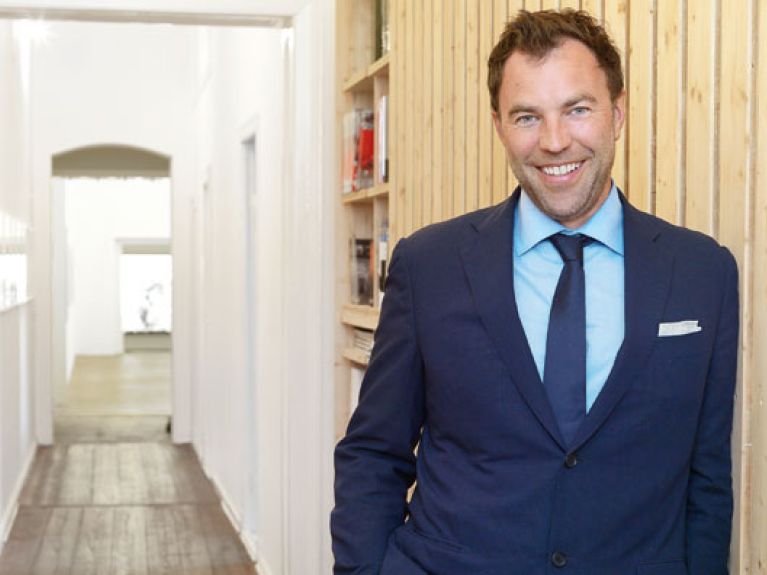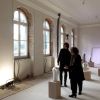Hot Spots and Insider Tips
The successful Berlin gallery owner Matthias Arndt has opened a branch in Singapore and discovered exciting new art landscapes in South-East Asia.

Mr. Arndt, You have had a successful gallery in Berlin for more than 20 years, specialized in Asia from early on and had a branch in Singapore for some time now. When did you discover Asian art?
I was following the new developments in China around 2000, and the new art from China that was being shown in Berlin and Zurich around then. I came to South-East Asia in 2009/ 2010 after visiting the art fair in Singapore, “Artstage”.
Why did you then go to Singapore?
Settling in Singapore had strategic, thematic and geograph-ical reasons. Strategic, because many renowned international colleagues are active in Hong Kong and on Mainland China. I was able to do some pioneering work in South-East Asia and consolidate our position and expertise. Thematically, because I consider the – for the West – new art landscapes in Asia to be the most exciting and creative. Geographically, because Singapore is ideally situated between the interesting countries, and from there, my main place of residence, I can continue the Europe-Asia/Pacific transfer with my Berlin gallery. We have 320 square metres of gallery space in Gillman Barracks, South-East Asia’s most important “Art District”, founded in 2012, with galleries, studios, pop-up spaces and the CCA, Centre for Contemporary Art Singapore.
What Asian countries are currently the most interesting for you, from an artistic viewpoint?
The most important art landscapes currently are Indonesia and the Philippines. Indonesia already had its first boom in the 1990s, with a new generation added in the early to mid-2000. In the past ten years, the Philippines have undergone an extraordinary development. “Yogjakarta” in Indonesia is Berlin’s pendant in South-East Asia. Manila cannot be compared with any other city in the world. Having published a first book about Indonesian contemporary art, SIP! Indonesian Art Today, in 2013, I have been working for two years on a pendant, WASAK! Filipino Art Today, scheduled to appear in Berlin in December 2015.
More precisely: which artists, which talents and new pos-itions, have you discovered?
We have been representing Eko Nugroho, the most important representative of committed art in Indonesia, since 2010. He will have an exhibition at the Kunstverein in Frankfurt in autumn 2015, although his works were already on show at the Musée d’Art Moderne de la Ville de Paris and the ZKM Karlsruhe. As of September, we will be devoting a first solo exhibition in Europe, at Arndt Berlin, to the Indonesian artist Arin Dwihartanto who was included in the survey exhibition “No Country” about new art in South-East Asia at the New York Guggenheim. Alfredo Esquillo from Manila will follow in October, and in December the large project WASAK! Filipino Art Today.
What makes art from South-East Asia so interesting?
Increasingly, biennales and large-scale exhibitions are opening worldwide showing artists from Vietnam, Cambodia, Thailand, the Philippines and Indonesia. It is of geat advantage to the trade that prices, between 15,000 and 55,000 US dollars, for a major work by one of the respective artists are far below what artists from China or the USA at the same stage in their careers can command.
What role does your gallery in Berlin play today?
Berlin in an integral part of our plan to bring the Best of Asia-Pacific to Europe and the West and to position them from here internationally. Vice versa, we show the most important positions in our own programme in gallery and museum shows and other projects in Asia, and also cooperate with artists and works from the portfolios of our colleagues. ▪
Interview: Martin Orth

